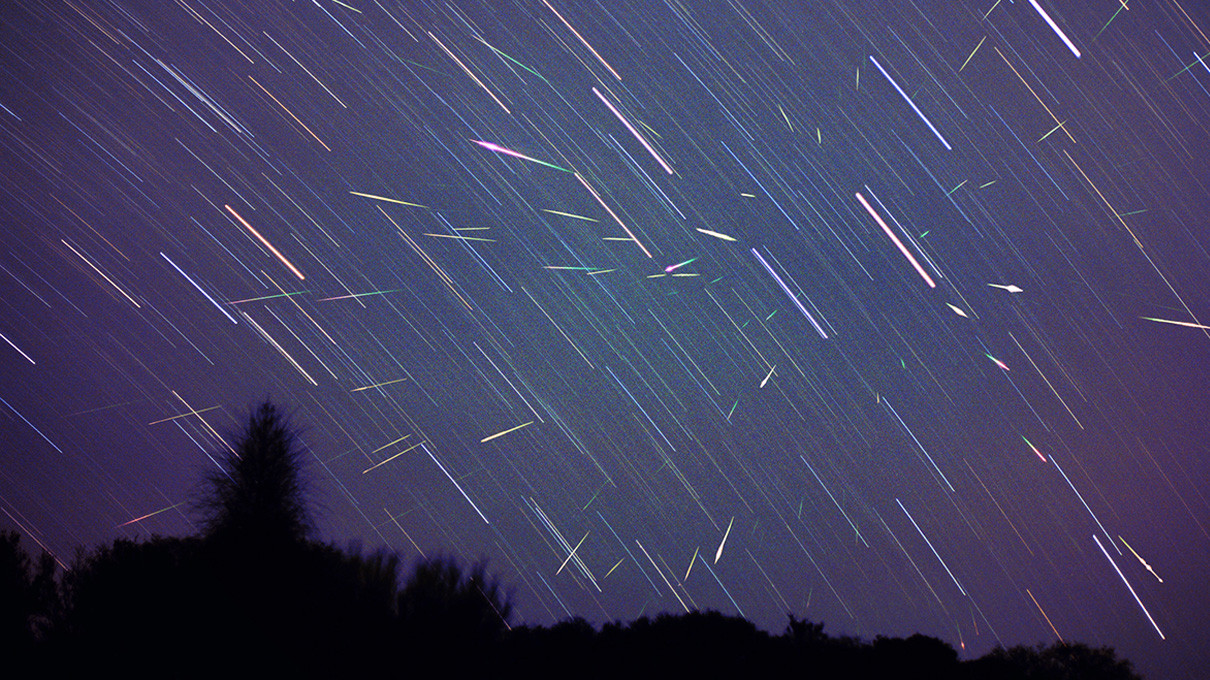In the nights of November, the sky will be the scene of many feasts for those who watch the stars. A total lunar eclipse, several meteor showers and the best Uranus view of the year await us in November. You can find dates for planning your sky watching program in the rest of this post.
November 4: Rain of Taurids
The Taurid shower is an annual light show in which shooting stars are produced by dust from two separate sources, Asteroid 2004 TG10 and Comet 2P Encke. This event is a minor storm, where we can expect to see five to 10 meteors per hour at its peak on November 4, but the moon will be nearly full, so only the brightest meteors will be visible. For the best chance of seeing a meteorite, it is recommended to look towards the constellation Taurus (Taurus), which will appear to be the source of most meteors just after midnight.
November 8: Blood Moon

On November 8, the Moon will be at full moon. Known as the “Beaver Moon” in the US, November’s full moon will be more than just a full moon. This will be a “blood moon”, that is, a total lunar eclipse, in which the shadow of the Earth paints the Moon a rusty red color.
November 9: Uranus will come closest
On November 9, the planet Uranus will reach its closest approach to Earth all year, with its face fully illuminated by the sun. Uranus will be so large and bright at this time of year that people with good eyesight will be able to see it without binoculars or a telescope, even when the nearly full moon is shining. For the best view, it is recommended to look east on the ninth of the month. The blue-green dot of Uranus will appear right next to the Pleiades star in the constellation Taurus.
November 6 – 30: Leonid meteor shower

The Leonid meteor shower will occur between November 6 and 30, and at its peak, up to 15 meteors per hour may be seen. This year, the summit will occur on November 17 and 18, when Earth passes through the middle of the dust trail left by Comet Tempel-Tuttle. Leonid meteors are so bright that they don’t drown out most of the light from the Moon. They are often colorful and can sometimes create an extraordinary spectacle. For the best view it is recommended to look east to the constellation Leo, but meteors can also be seen in other parts of the sky.
Approximately every 33 years, the Leonid meteor shower becomes enormous and turns into a meteor storm with hundreds or even thousands of shooting stars per hour. The last Leonid “cycle peak” was in 2001, so the next meteor storm is expected in 2034.
November 23: New Moon
After all the excitement of meteor showers and lunar eclipses, the calmness of the dark night sky with no moon will give us all a chance to rest. This month, the new moon occurs on November 23. The dark skies make the 23rd of the moon a perfect night to view more distant celestial objects such as galaxies and star clusters…